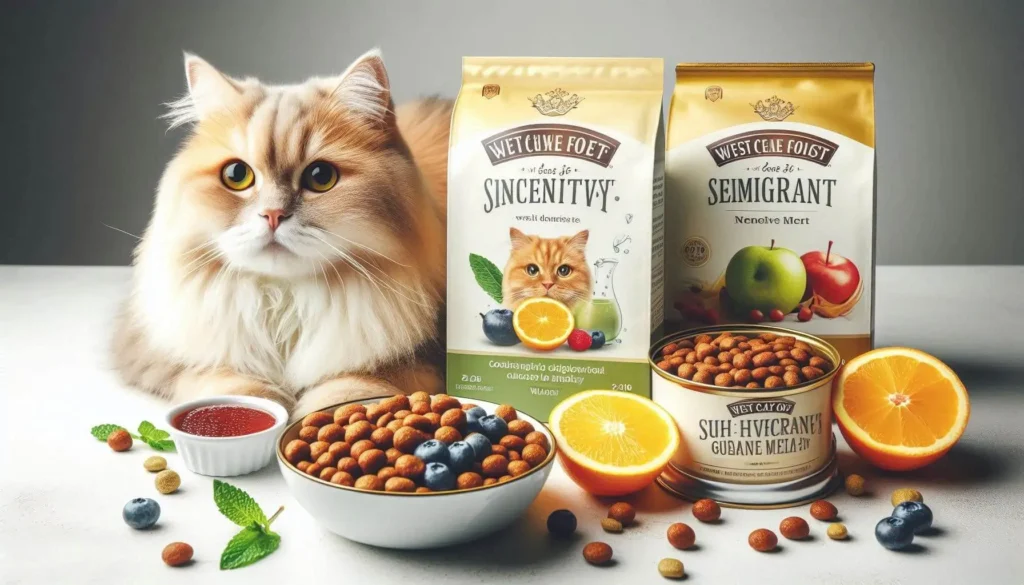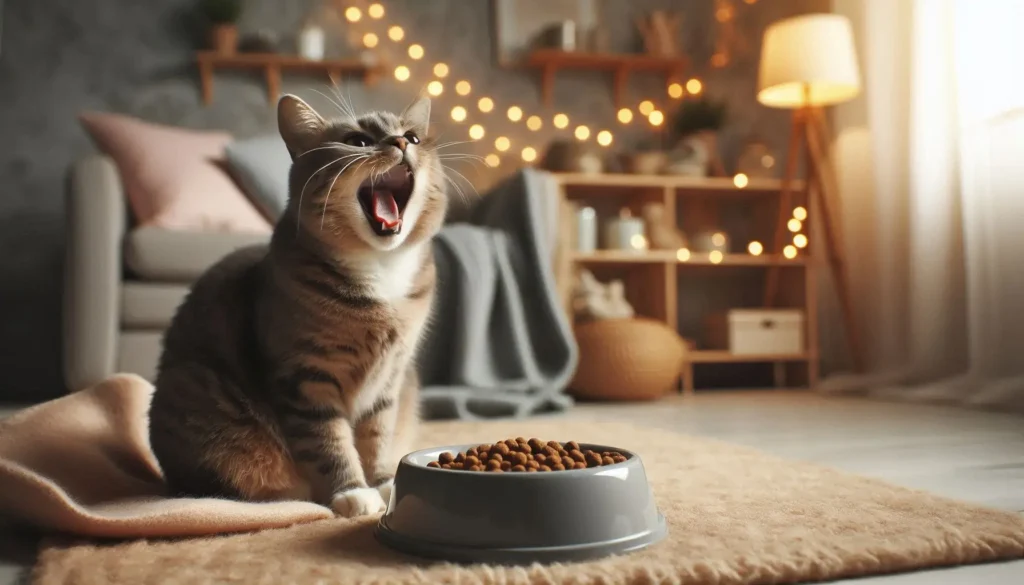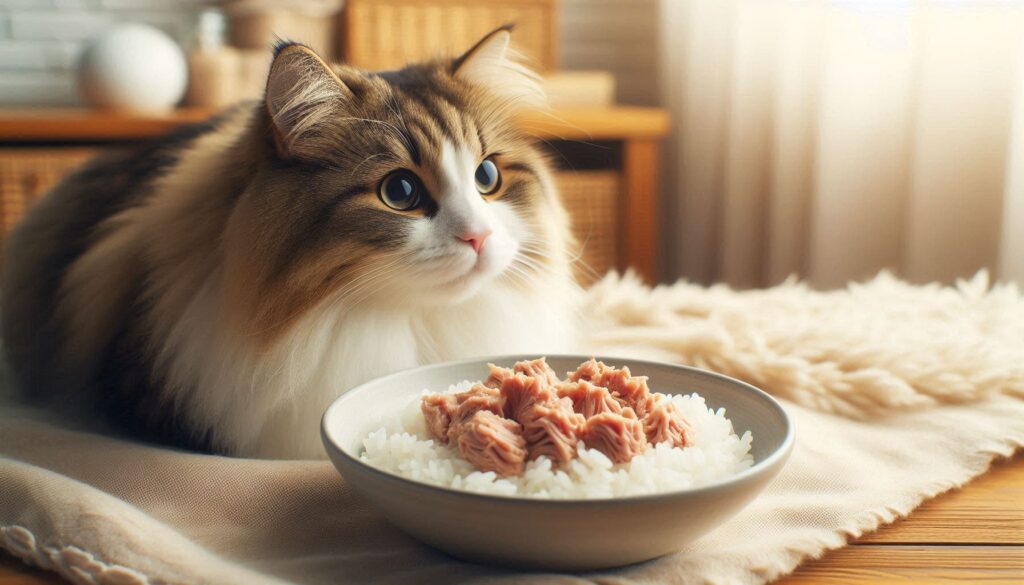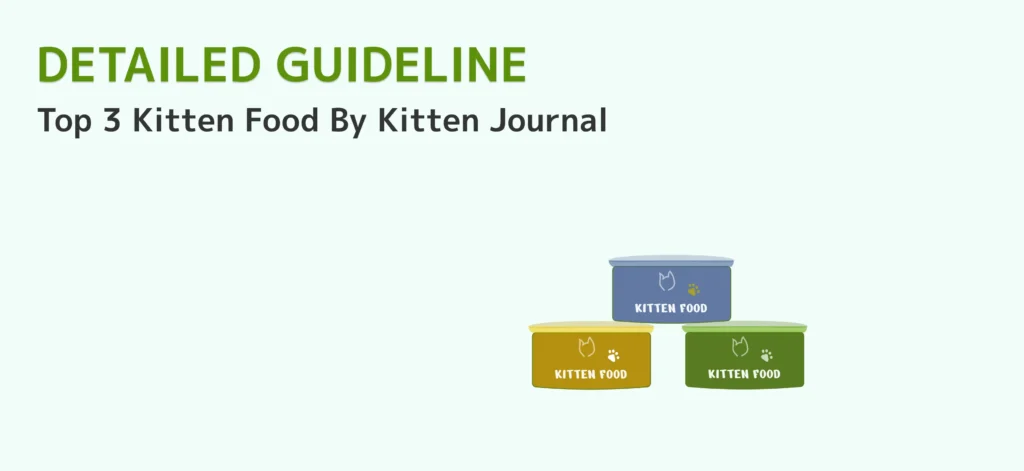What cat food is best for cats?
We independently research, review, and recommend the best products—If you buy something through our links, we may earn an affiliate commission.
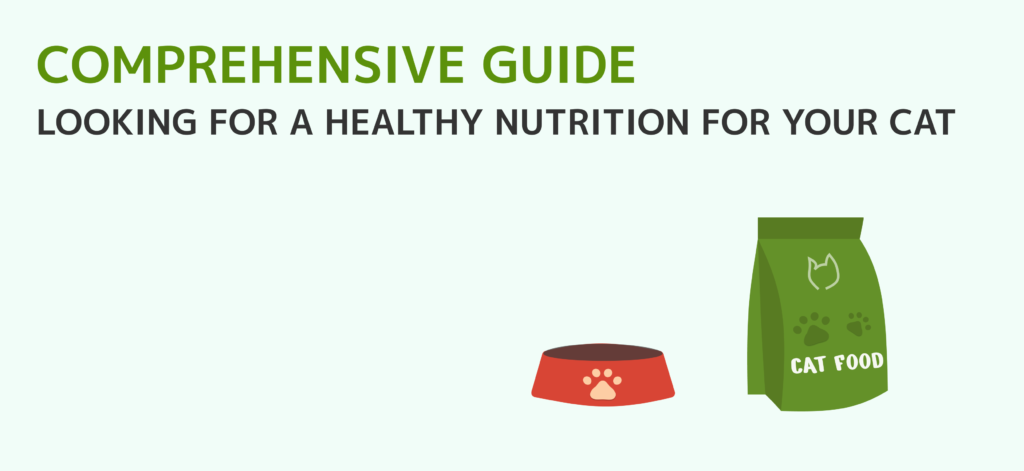
Finding the best cat food for a sensitive stomach requires extensive research and experimentation. However, this process becomes a lot easier when you know exactly what to look for and what to avoid. Here are below some key considerations and options to look for.
What cat food is best for cats?
1. High-Quality Protein
Choose a cat food recipe that is based on a single, high-quality animal protein source like chicken, turkey, or fish to ensure easy digestion and reduce the risk of allergies. Make sure that there are no by-products in the ingredients. This is crucial for our cats to get the essential nutrients they need without unnecessary fillers.
2. High Moisture Levels
Wet food is extremely helpful when it comes to cats with sensitive stomachs. In fact, staying hydrated is essential for healthy digestion. Moreover, increased moisture makes the food easier to digest, reducing the likelihood of stomach upset.
3. Easily Digestible Carbohydrates
The recipe should also include healthy carbs like rice, peas, and sweet potatoes. These are gentle on your cat’s digestive system and less likely to irritate your cat’s digestive system. On the other hand, corn, wheat, and soy are carbs that can be difficult to digest and often contribute to food sensitivities.
4. Probiotics and Prebiotics
These are a must when it comes to sensitive stomachs. Probiotics and prebiotic fibers support a healthy balance of gut bacteria and enhance digestion. They also help maintain a robust immune system and reduce digestive issues. The most commonly used ones in cat food recipes are Enterococcus faecium, Lactobacillus acidophilus, and inulin.
5. Balanced Nutrition
The cat food must be AAFCO (Association of American Feed Control Officials) certified. These standards are important because they ensure the food contains all the essential nutrients your cat needs for balanced nutrition. Avoid, at all costs, artificial additives, which can cause digestive upset. In such case, LID cat foods offer balanced nutrition without harmful additives as we mentionned above.
Transitioning tips
Since finding a suitable diet for your cat will take some trial and error, it is important to take into consideration the best practices for transitioning into a new diet.
Gradual Introduction: Over 7-10 days, mix a small amount of the new food with the old food, gradually increasing the proportion of the new food each day.
Monitor for Reactions: Watch for any signs of digestive distress, such as vomiting, diarrhea, or changes in appetite. If adverse reactions occur, slow down the transition.
Maintain Consistency: Stick to regular feeding times and amounts to help your cat adjust to the new food and support their digestive health.
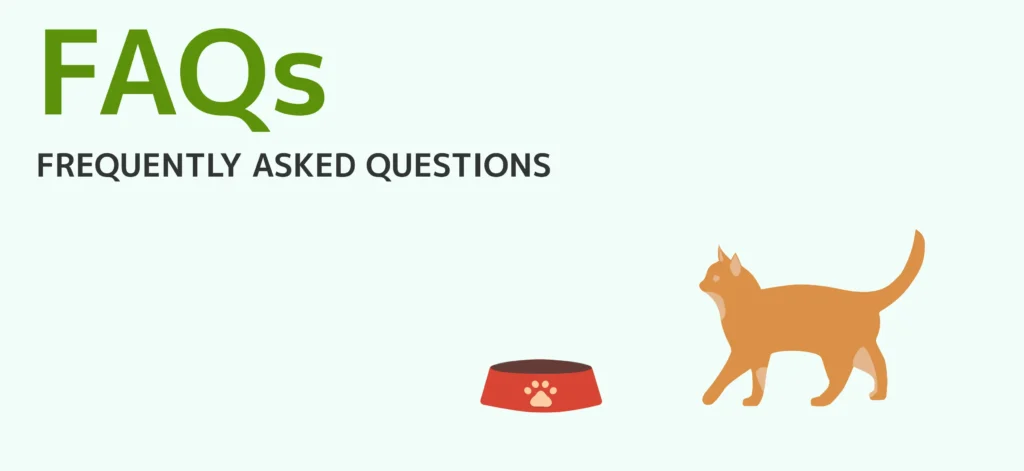
Frequently Asked Questions
Reading the ingredients is crucial when selecting a healthy meal for your kitten. Meat by-products should be avoided when eating wet food. As for dry food, you should not only steer clear of by-products but also check the protein content in the recipe and if the carbs used are sourced from grain- or legume-based ingredients.
In case your cat is dealing with some gastrointestinal issues, limited-ingredient recipes can be your way out. They can provide a straightforward and effective dietary solution. A limited-ingredient diet uses a single protein source and easily digestible carbs, avoiding artificial additives that can irritate cats sensitive stomachs.
It’s essential to stick to a reliable pet food that contains all the nutrients cats need to stay healthy and fit because, like humans, they need a balanced diet with the proper amount of nutrients. Cats have a greater protein need, so they need good-quality meat in their meals to meet their needs. Fats should be moderate, especially for low-activity cats, and carbohydrates should not be more than 10% of the recipe content.
What’s the best Grain-Free Cat food?
Cat food frequently contains wheat, corn, oats, and rice. An ideal grain-free cat food would have limited ingredients with minimal artificial additives. It would also have legume-based carbs such as peas, pea flour, and chickpeas, that support digestive health and provide sustained energy.
